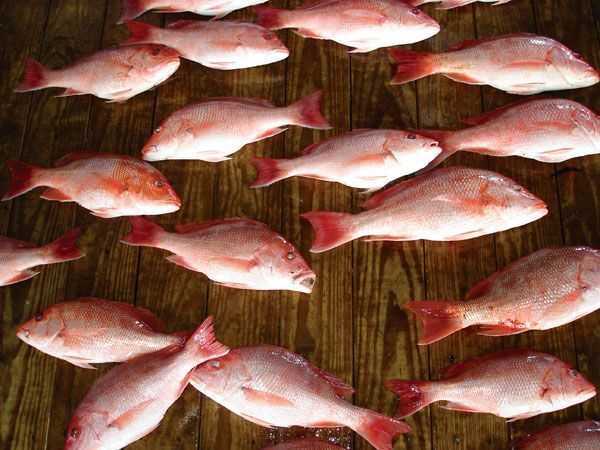This year, at the urging of many groups and state agencies, the Gulf of Mexico Fishery Management Council (GMFMC) is actively pursuing a change in management strategy for red snapper. Called “Regional Management” it would transfer to the states more flexibility in decisions regarding recreational harvest of this premier fish. This is certainly welcomed by most reef fish anglers, given the shrinking seasons and bag limits over the past decade.
But developing the Management Plan required by the Magnuson Act is fraught with difficulties and hurdles, especially if it is to go into effect for the 2014 season. Let’s run down some of these to see whether we might like this plan.
First, the division of the quota by states. One serious misconception by lots of folks is that the states could set their own quotas. While I personally think this is the only way out of this conundrum, it would take Congressional action and it can’t happen under the present federal legislation. So how would it work? The National Marine Fisheries Service (NMFS) and the GMFMC would set the Gulf wide quota for the recreational sector. Right now this will be about 11 million pounds. But then each state would get a percentage of this. Here’s the old ointment fly, based on what?
Earlier this year that states had agreed to an allocation formula. But some landings prior to 2004 had to be recomputed, and the agreement was abandoned. These are some of the issues currently stalling an agreement: shift in effort during the last five years; non compliance by western states, shift in snapper demographics, refining data from the recreational surveys.
As of this writing, there is no current allocation agreement, but I am told that the states will try vigorously to have one by the Council meeting in late August.
Other difficulties have to do with whether the monitoring will be landings based or at sea harvest. The latter would be a nightmare for enforcement, but the former could result in fishing where an area was “closed,” but landing at an “open” port. And what about a state that exceeded its quota? Would there be a payback the following year?
But there are plenty of plusses toward movement to regional management. The states could fit their quota to their local preferences. For example, Alabama have snapper season open during the Alabama Deep Sea Fishing Rodeo. Or there could be smaller, split seasons to spread out the calender. Some states like Louisiana might prefer long weekend openings (Friday-Sunday) rather than a continuous season. Of course all these will have debates as to what fits whom the best.
But I see this as a slow evolution toward true regional or state management, similar to what is done on the East Coast with striped bass. The states would be better managers simply because the stocks are different in each state and benefit most by “close to home” management. There have been bills introduced in Congress to make this happen, and I think eventually it will.
Dr. Bob Shipp, GMFMC member, and chair of its reef fish committee.
